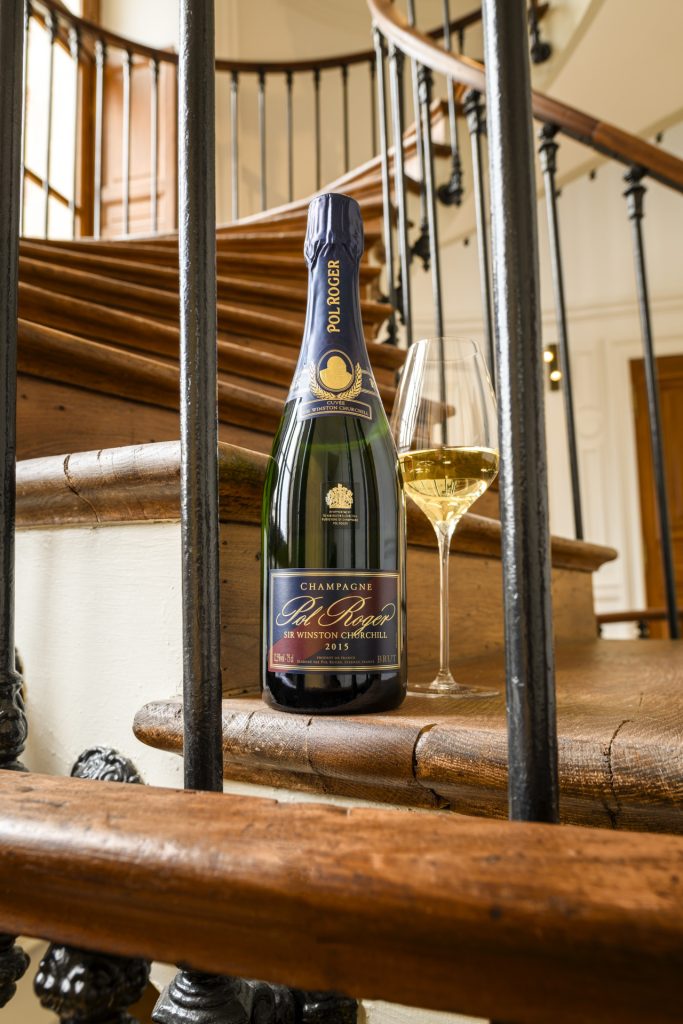This website uses cookies so that we can provide you with the best user experience possible. Cookie information is stored in your browser and performs functions such as recognising you when you return to our website and helping our team to understand which sections of the website you find most interesting and useful.
‘Robust’ Pol Roger Sir Winston Churchill 2015 released
Champagne Pol Roger has launched the 2015 vintage of its cuvée dedicated to one of its firmest fans, former British prime minister Sir Winston Churchill.

The 2015 vintage, the 21st vintage since its inaugural 1975 vintage, has been released with an RRP is £235 per bottle and £500 per magnum (including VAT).
‘Robust and mature’
According to Pol Roger Portfolio managing director James Simpson MW this particular cuvée, is “the most robust and mature wine the house has released”, a wine that “best reflects the style of vintage Pol Roger that Sir Winston Churchill enjoyed for almost 60 years.”
Released only in the best vintages, the cuvée is made according to the blend established by the late Christian de Billy, and composed predominantly of Pinot Noir with a little Chardonnay. The grapes come from the best Grand Cru vineyards in the Montagne de Reims and the Côte des Blancs.
“While the 2015, produced in a relatively warm vintage, will be accessible on release, the predominance of Pinot Noir gives it the structure and backbone to mature over many years,” Simpson said. “With age, the wine takes on extra depth and complexity, and so can move from an apéritif to a great pairing to the best fish, seafood and even lighter meats.”
The winter of 2015 saw average temperature, but February and March were notably sunny, followed by a warm April bringing on budburst in the middle of the month and flowering in mid-June. There was a run of hot, dry weather between the end of May to mid-August, leading to good ripening. Some rain in the run-up to the harvest helped to plump out the fruit and close attention was required to determine the date to begin the grape picking, which took place between 2 to 18 September.
Following harvest, the must must was put through two débourbages (settlings), one at the press house immediately after pressing, and the second, a débourbage à froid, in stainless steel tanks at 6°C over a 24-hour period. This was then followed by a slow, cool fermentation (just under 18°C) in stainless steel, with each variety and each village to maximise blending potential. Before final blending, the wine underwent full malolactic conversion.
Once bottled, the wine was kept in Pol Roger’s coolest, deepest cellars, 33 metres below street level, where it underwent secondary fermentation before undergoing remuage (riddling) by hand, a rare practice in the region today.
The resulting wine was described in Pol Roger’s tasting notes as having sweet spice and pepper on the nose, followed by black fruit, indicative of the presence of Pinot Noir, and hazelnut. On the palate, it is full bodied and generous, offering candied fruit notes to accompany hints of brioche and pastry.

